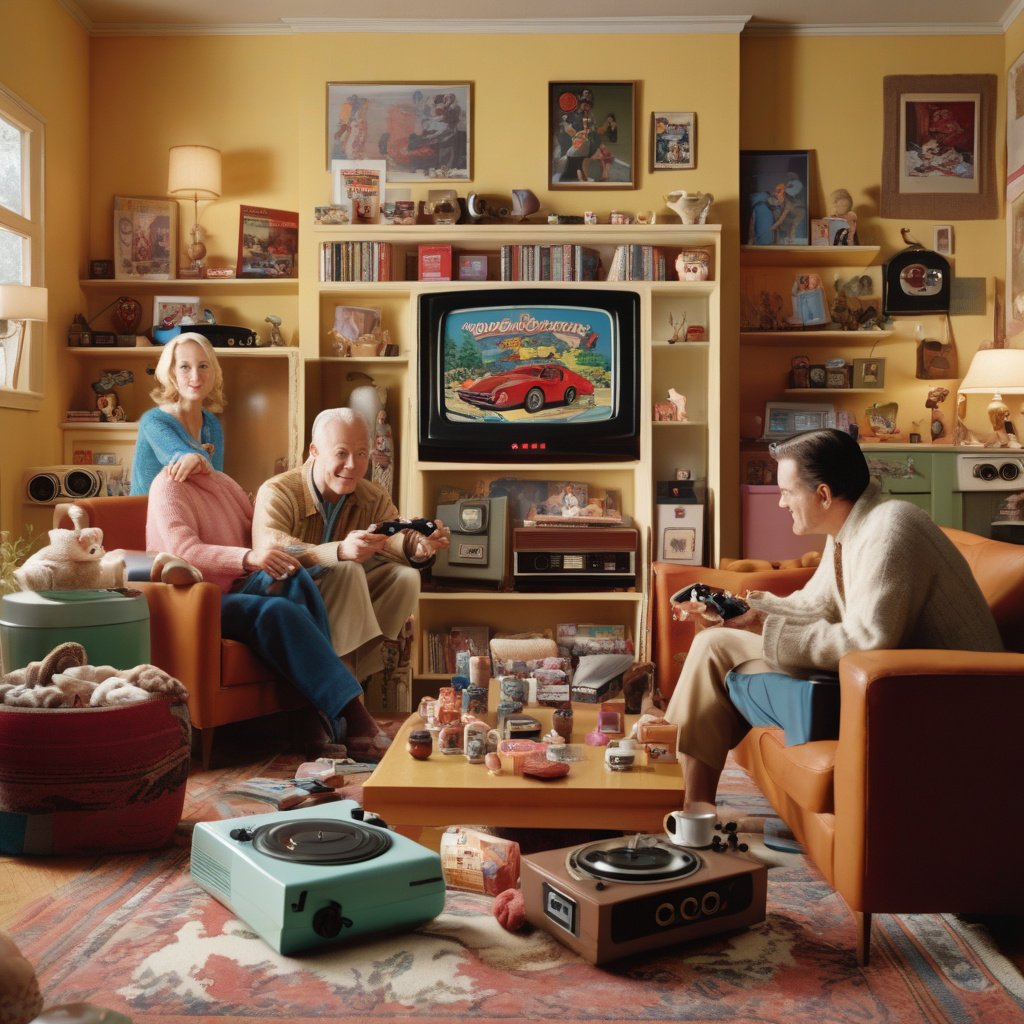The Allure of Nostalgia: Why Most Americans Would Pay Extra to Buy Retired Products They Once Loved ###
In today’s fast-paced consumer culture, where new products hit the shelves at a dizzying speed, there is a growing trend that defies the conventional wisdom of constantly seeking the latest and greatest. Surprisingly, a significant number of Americans are willing to pay a premium to purchase products that have been retired or discontinued, simply because of the nostalgia factor associated with them.
A recent study conducted by a leading market research firm revealed that over 60% of Americans admitted that they would be willing to shell out extra money to get their hands on products that were once beloved but are no longer available in the market. This phenomenon speaks volumes about the emotional connection that people have with certain products from their past.
One of the key drivers behind this behavior is the powerful impact of nostalgia. Psychologists suggest that reminiscing about the past can evoke positive emotions and provide a sense of comfort and security in an increasingly uncertain world. By reacquiring a product that holds sentimental value, individuals are able to relive cherished memories and reconnect with their younger selves.
Moreover, the appeal of retro or vintage items has been on the rise in recent years, fueled in part by social media platforms where #ThrowbackThursday and #FlashbackFriday posts are a regular occurrence. Brands have taken notice of this trend and have capitalized on it by reintroducing classic products or releasing limited-edition versions to cater to nostalgic consumers.
Take, for example, the case of the iconic Nintendo Entertainment System (NES) Classic Edition. The miniature replica of the original NES console, preloaded with classic games like Super Mario Bros. and The Legend of Zelda, became an instant hit when it was released, despite the availability of more advanced gaming consoles on the market. The overwhelming demand for the NES Classic Edition demonstrated that consumers were more than willing to pay a premium for a taste of the past.
Similarly, in the world of fashion, brands like Levi’s and Reebok have successfully relaunched retro styles from the ’80s and ’90s, capitalizing on the nostalgia trend among consumers. These vintage-inspired collections have resonated with both older generations looking to reconnect with their youth and younger consumers seeking a unique, retro aesthetic.
From a marketing perspective, understanding the allure of nostalgia can offer valuable insights for brands looking to engage with consumers on a deeper level. By tapping into people’s emotional connections to the past, companies can create compelling marketing campaigns that resonate with their target audience and set their products apart in a crowded marketplace.
In conclusion, the willingness of most Americans to pay extra for retired products they once loved is a testament to the enduring power of nostalgia in consumer behavior. Whether it’s a childhood toy, a classic video game, or a vintage fashion piece, these products hold a special place in people’s hearts and offer a sense of comfort and familiarity in a rapidly changing world. As brands continue to leverage the nostalgia trend, we can expect to see more beloved products from the past making a comeback and capturing the hearts of consumers once again.
nostalgia,retro,consumer behavior,marketing trends,sentimental value
